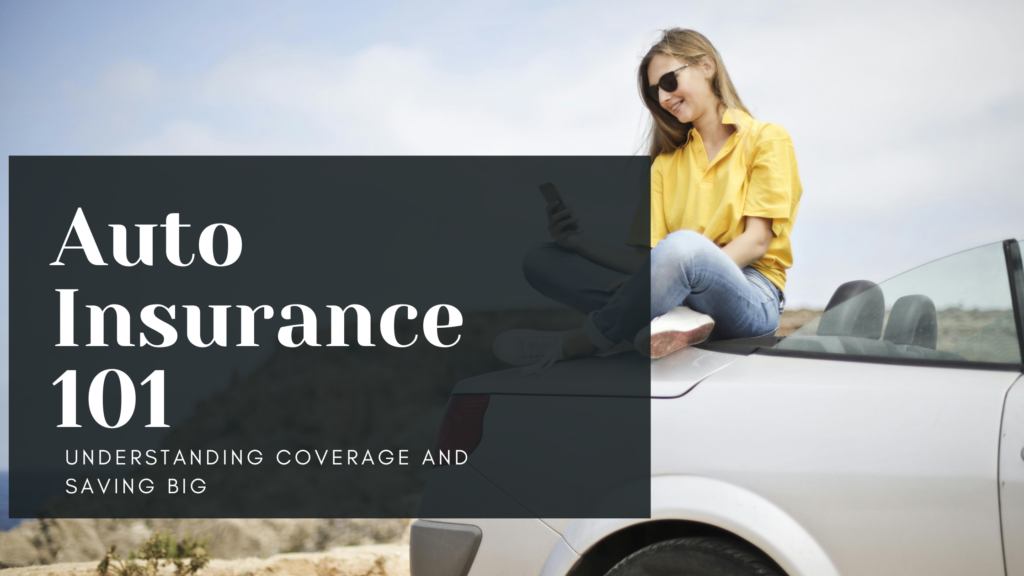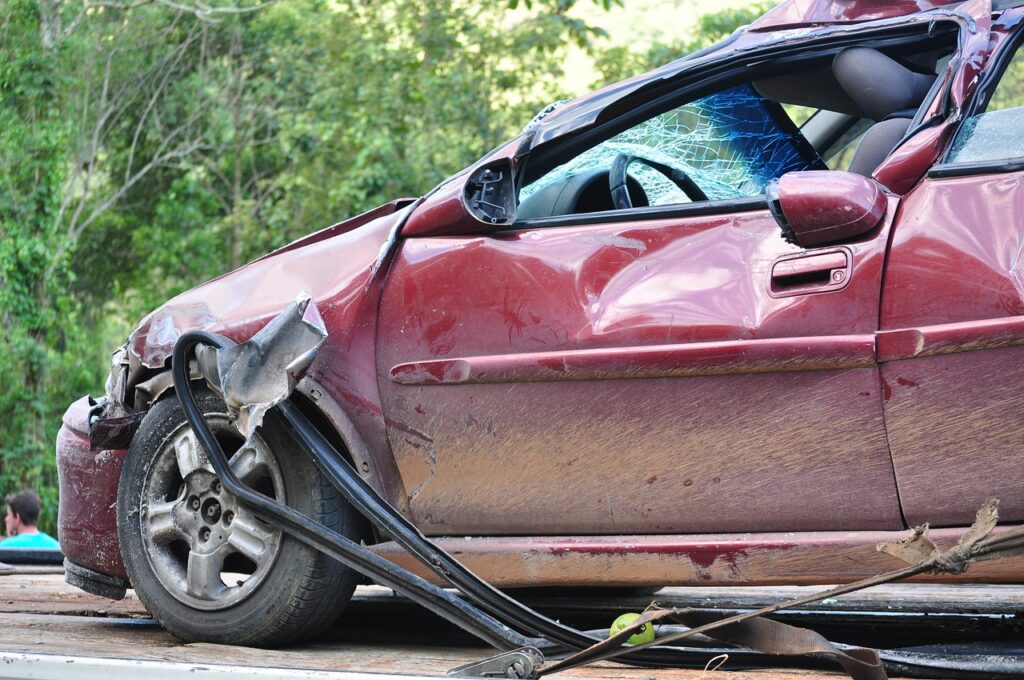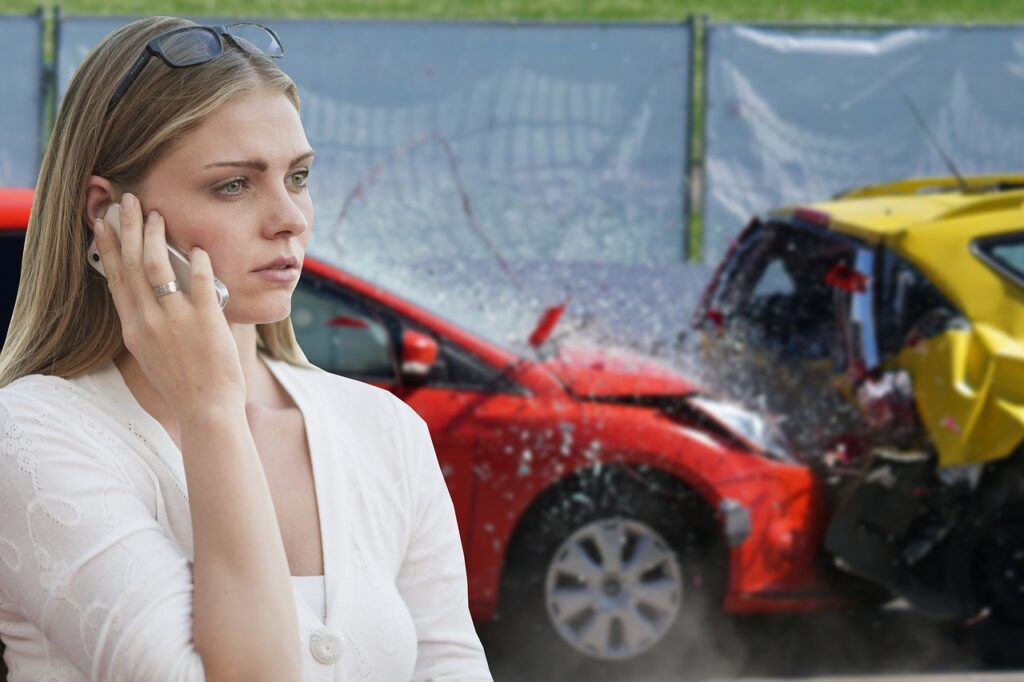
With the cost of living skyrocketing, people all across America are trying to find ways to save money and cut costs. Auto insurance is one expense that is a necessity, but often gets overlooked when taking a deep dive into your finances to see where you can save money.
While it’s important to make sure you have the coverage you need for your car and for your peace of mind, according to the Insurance Business America magazine, Americans are overpaying for their insurance by over $30 billion per year.
There are situations where you are required to carry a certain type of auto insurance policy like if you leased a car or bought a brand new car. Certain states also have legal requirements, but you owe it to yourself to check your auto rates on a regular basis to ensure you aren’t throwing money away.
In this article we will take a look at the different types of coverage, when you need certain types of coverage, and how you can save money on your insurance.
Liability Insurance

Liability insurance is typically the least expensive auto insurance policy you can get. It covers the costs of injuries or property damage to others when you’re at fault in an accident.
When do you need it?
Liability insurance is required by law in most states. It’s the bare minimum that the states require.
What does it cover?
Liability insurance on your car covers the following:
- Injuries you cause to someone else while driving
- Damage you cause to other vehicles while driving
- Damage you cause to someone else’s property like a mailbox or fence
- Legal expenses for accident-related lawsuits
Collision Insurance

Collision insurance is a step above liability insurance. It covers damage to your vehicle in accidents regardless of who is at fault.
When do you need it?
If you financed a new car or leased a car typically collision insurance is required by the company/bank you financed your new vehicle from. Additionally, if it’s in your budget, having collision insurance can give you added peace of mind knowing you’re covered no matter who is at fault or if the other person is uninsured.
What does it cover?
Collision insurance on your car covers the following:
- Collisions with other vehicles
- Collisions with objects like trees, guardrails, etc.
- Single car accidents like rollovers
Comprehensive Insurance

Comprehensive insurance is an optional coverage that protects your vehicle from damage caused by non-collision events that are outside of your control. Optional is the keyword here. While it will cause your premium to increase, it does provide you with added peace of mind knowing your vehicle is protected!
When do you need it?
Comprehensive insurance is an optional add-on to your auto insurance policy except for when you finance or lease a newer car. Depending on the financing company or bank, they may require that you add comprehensive coverage to satisfy the requirements of the loan.
As an optional coverage option, there are certain scenarios that make comprehensive coverage more attractive. For example, if you have a car with a higher cash value and you cannot afford to replace your vehicle out of pocket then comprehensive coverage could be a good option.
What does it cover?
Comprehensive coverage on your car covers the following:
- Theft
- Vandalism
- Fire and explosions
- Windshield or glass damage
- Falling trees/limbs or other objects
- Rocks or other objects being kicked up by other cars
- Objects falling off cars
- Storms, hail, wind, floods, lightning, and earthquakes
- Accidents with animals like hitting a deer
Uninsured/Underinsured Motorist Coverage
Uninsured/Underinsured motorist coverage is an optional policy that you can add to your coverage to give yourself and your wallet more protection should you get into an accident and it’s the other person’s fault. Although there are only two states that do not require drivers to carry auto insurance, the number of uninsured drivers in the United States is around 29 million.
When do you need it?
While this is optional, it’s highly recommended in areas with high rates of uninsured drivers or if your state’s minimums are low. As mentioned above, there are around 29 million uninsured drivers on the road in the United States. That means about one out of every 8 drivers does not have car insurance. This does not include those who are underinsured.
If you’re in a rural area or a sparsely populated area you probably don’t need to worry about adding uninsured/underinsured motorist coverage to your policy. However, if you’re in a major city or a densely populated area, adding this coverage to your policy could really come in handy.
What does it cover?
Uninsured/Underinsured motorist coverage on your auto policy protects you from the following:
- Protects you from financial burdens if the other party cant pay
- Protects you from the financial burden of a hit and run
How to Save Money on your Insurance Policy
Now that you know a bit about the different coverage options available for your auto insurance policy, how do you go about choosing the right policy for your needs and budget? And how do you make sure you aren’t currently overpaying for your auto insurance?
The single most important thing you should be doing to ensure you are not overpaying for your auto insurance is…
You should be shopping for and comparing insurance rates in your area every 6 months to a year. While this may sound excessive, the truth of the matter is, insurance companies are no longer giving their long standing, loyal customers the best rates anymore. They prioritize bringing on new customers and offering them the best rates. The days of staying with one insurance company for years are over.
Along with shopping for new rates on a regular basis, the next thing you need to do is take a look at your current policy and see if you’re over insured.
Are you carrying optional coverages on your policy that you don’t really benefit from or need?
Do you really need full coverage on your vehicle?
These are just a couple of questions you should be asking yourself when you are looking at your auto insurance policy. Some people might find they have the correct level of coverage while others may find opportunities to save money. The difference could be several hundreds of dollars back in your pocket.
Even if you want to keep the same level of coverage, you should still be shopping for new rates on a regular basis.
